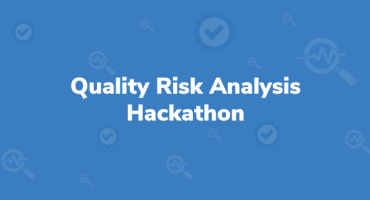How Artificial Intelligence Is Impacting Quality Assurance Roles: Part 2
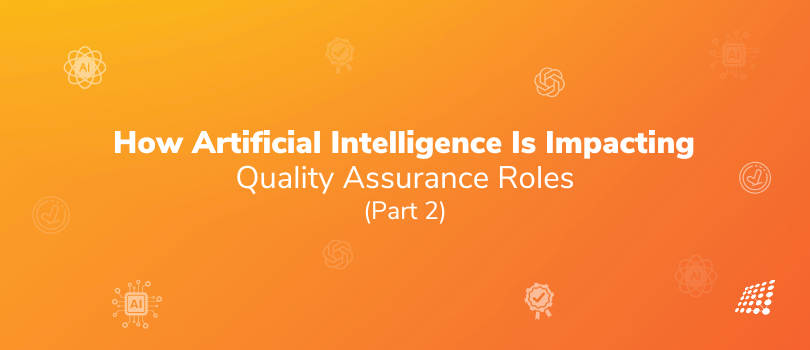
We’re back with How Artificial Intelligence Is Impacting Quality Assurance Roles: Part 2! Part 1 of our blog series showed AI's influence on test automation roles, machine learning's test creation, predictive analysis in QA, AI-powered exploratory testing, and AI's influence on user experience.
In Part 2, we explore AI in root cause analysis, the use of NLP for better test automation, real-time bug detection, and the opportunities and challenges AI brings to QA. Learn about seamless quality assurance software AI integration strategies and gear up for a future where AI and QA are intertwined.
Root Cause Analysis with AI
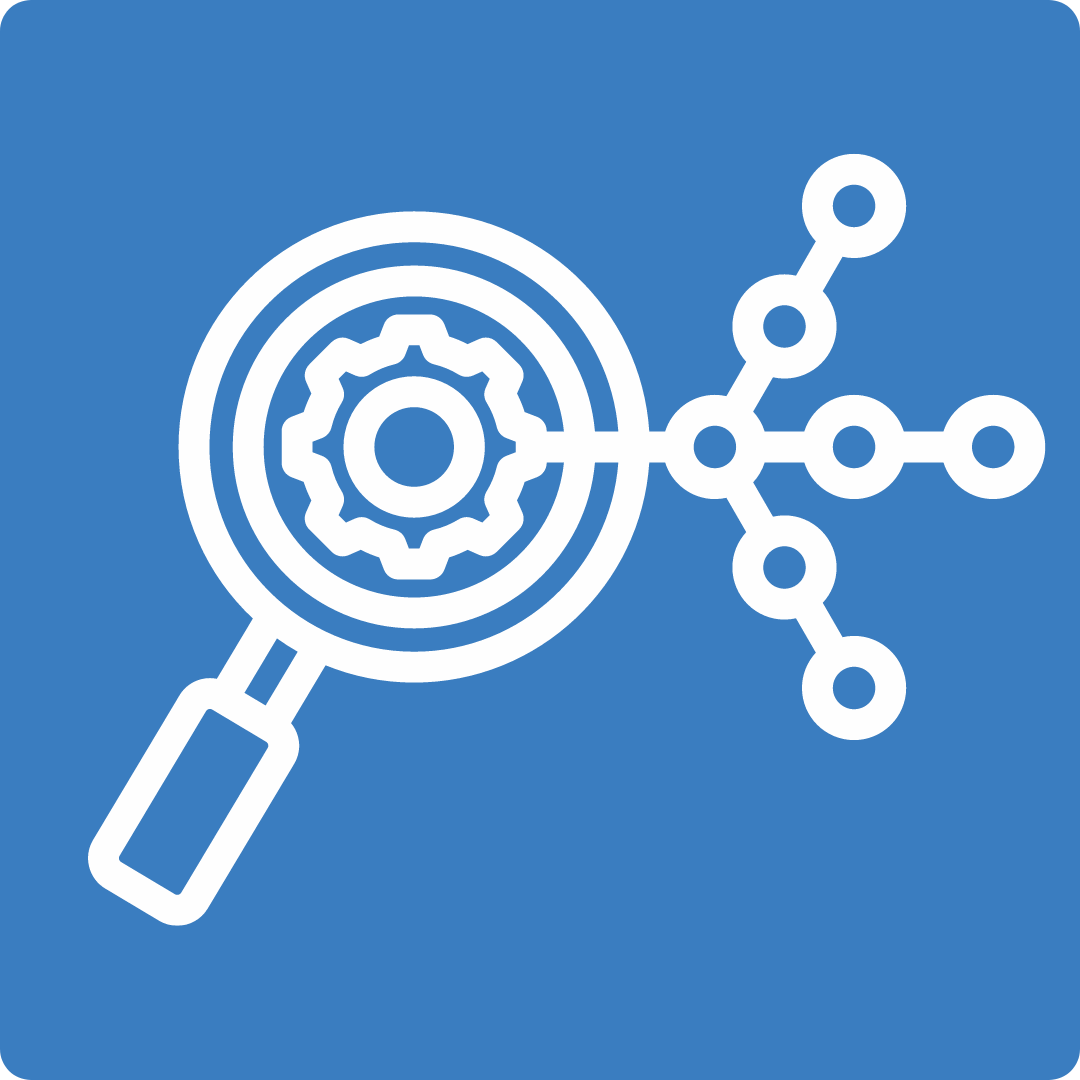
AI drastically refines Root Cause Analysis (RCA) by deploying sophisticated algorithms that can scrutinize diverse datasets to uncover patterns and anomalies that might go unnoticed by the human eye. With AI, hypotheses are generated swiftly, recommendations are more targeted, and corrective actions can even be automated.
This application of AI when paired with root cause analysis tools speeds up the identification of underlying causes, critically reducing the time and labor devoted to solving complex issues. AI's strong suit is dealing with intricacies involving multiple factors, gleaning insights from historical and ongoing data to predict trends. Adopting such a proactive stance, not only pinpoints potential quality detriments but also suggests practical, preventative strategies.
Essential Steps in AI-Driven RCA
- Clarify the scope and goals of the RCA project.
- Accumulate and condition data for AI analysis.
- Select appropriate AI tools that match RCA requirements.
- Closely monitor the outcomes and adapt actions based on AI-generated feedback.
Challenges in Implementing AI for RCA
- The efficacy of AI relies heavily on the quality and completeness of the data it analyses.
- Interpretation and transparency of AI findings are key concerns, as results need to be understandable to ensure trust and responsibility.
- Bridging the gap between AI capabilities and human expertise is fundamental for harmonious and successful operations.
- Moreover, implementing responsible artificial intelligence in QA processes and plans is key!
For organizations aiming to capitalize on AI for RCA, incremental adoption is recommended. Starting small and scaling up facilitates a smoother transition. Involving all concerned parties leads to solutions that are practical and well-aligned with actual needs. Leveraging existing infrastructures helps manage costs and complexity. Monitoring AI outcomes continuously ensures that performance is honed over time, and staying updated with AI and RCA developments ensures that initiatives remain modern and effective.
Natural Language Processing for Test Automation Enhancement
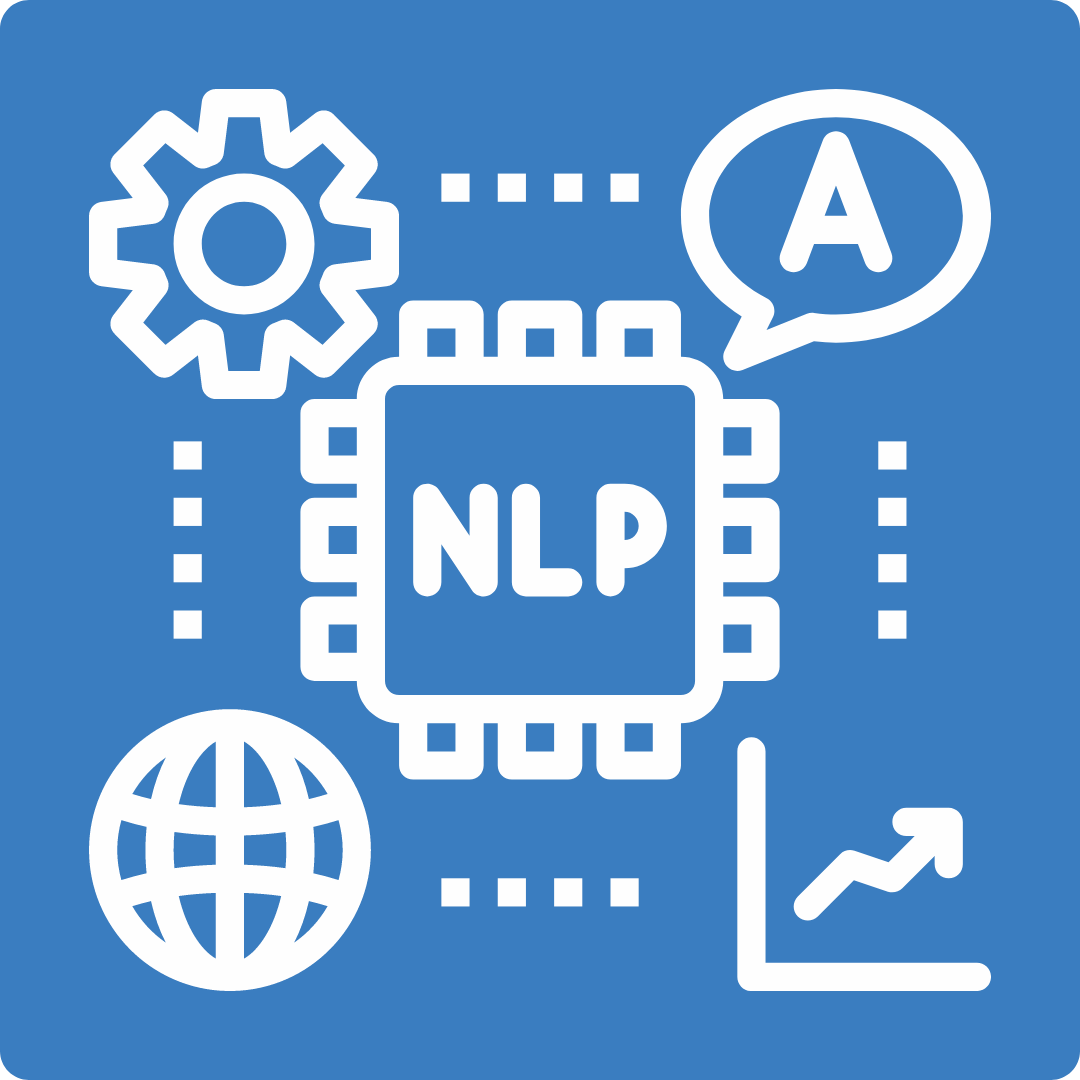
Natural Language Processing (NLP) uses AI to make sense of human language, allowing for a more intuitive interaction between testers and machines.
NLP applications incorporate three core efforts:
- Understanding the intricate semantics of language
- Processing this information into structured data
- Generating actionable test scenarios
With natural language processing in AI, the nuances of human communication - captured in test descriptions and user stories - are converted into detailed test cases. Such transformation leads to fuller test coverage and a sharpened test creation process, reducing the manual burden substantially.
The Art of Real-Time Bug Detection with AI
AI-equipped bug detection tools are invaluable in spotting software vulnerabilities, serving a crucial function within the software development lifecycle. They allow for early detection of issues, contributing to refined code quality and operational efficiency.
While these tools are extremely beneficial and can expedite the development process significantly, it's crucial to understand their limits. They excel at identifying bugs rooted in known patterns but may struggle with novel issues. It remains the responsibility of human developers to apply a discerning eye when using these AI tools, validating their findings to ensure accuracy and reliability.
AI in QA: Opportunities and Challenges
AI is redefining QA with unmatched efficiency and thoroughness, but it comes with hurdles—data quality is a critical dependency, and the complexity of AI requires ongoing learning. For professionals in AI testing jobs, it means staying agile, continually advancing your know-how, and fostering a collaborative environment to keep up with AI's brisk technological march.
AI-Based QA Tools
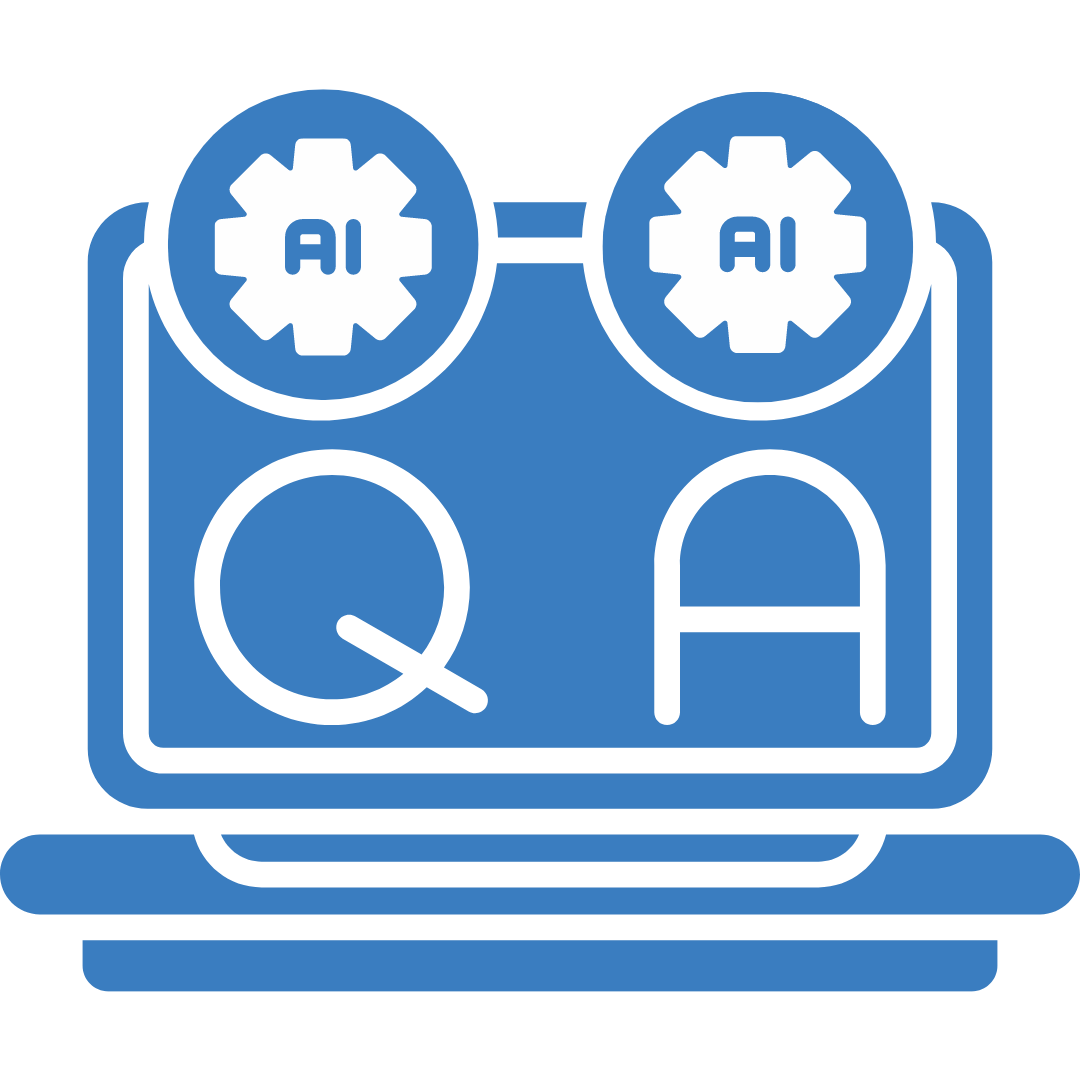
There are many AI-driven automation QA tools:
1. TestGrid
TestGrid is a powerful AI test automation platform designed for comprehensive testing of mobile apps on real devices. Its key capabilities include automated testing, performance testing, API testing, and security testing.
Benefits:
- AI-generated test cases from plain English scenarios.
- Access to a wide range of real Android and iOS devices.
- Streamlined testing through Record & Playback functionality.
- Performance testing across devices with varying conditions like battery life, network strength, and responsiveness.
2. Appvance IQ
Appvance IQ is a top-tier AI-powered test automation tool tailored for native mobile, mobile web, and hybrid apps on iOS and Android platforms.
Features:
- Covers functional, API, performance, and load testing.
- Ensures optimal user experience by validating various app aspects.
- Streamlines test creation for efficient testing workflows.
3. Functionize
Functionize is a cloud-based AI testing tool that recently secured $16 million in series-A funding.
Advantages:
- Leverages AI for scalable QA efforts.
- Offers cloud-based testing solutions.
- Requires skilled engineers for optimal results.
4. ACCELQ
ACCELQ is a codeless, AI-powered tool that enables seamless software testing.
Features:
- Supports multi-channel testing for mobile, desktop, and more.
- Aids in testing complex use cases.
- Enhances software quality through AI-driven automation.
Integrating AI with QA Systems
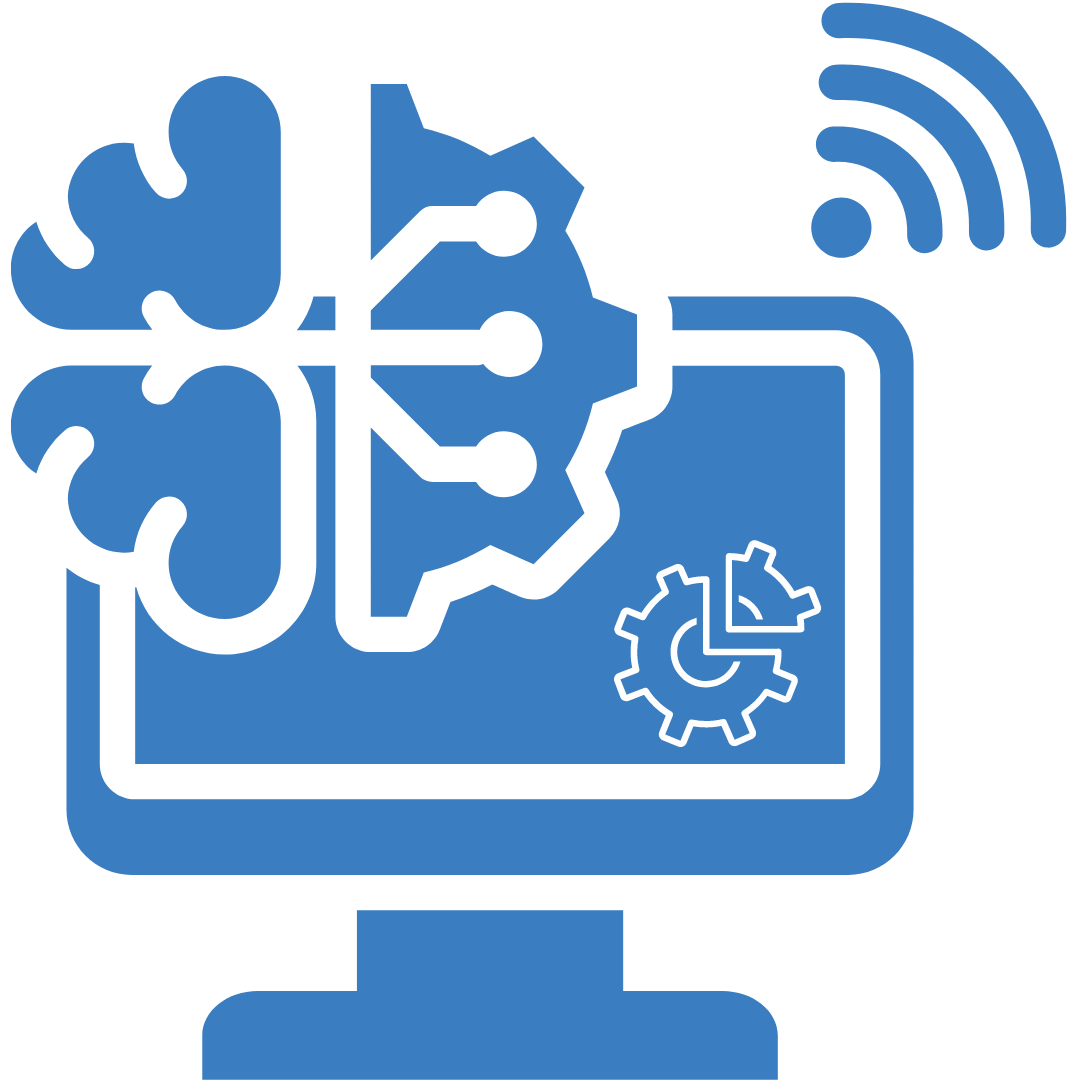
1. Test Case Generation
AI software testing tools can automate the creation of test cases by understanding user requirements written in plain language and transforming them into test cases or automation scripts.
2. Test Selection Algorithms
These algorithms analyze code changes and intelligently select relevant test cases to execute based on impact analysis, ensuring efficient testing coverage.
3. Dynamic Test Oracles
AI can dynamically determine expected outcomes during test execution, adapting to changes in the system and identifying anomalies or unexpected behaviors.
4. Test Execution
AI-driven test execution can handle repetitive tasks, freeing up testers to focus on more strategic aspects while ensuring faster and more accurate testing.
5. Defect Prediction
AI models can predict potential defects by analyzing historical data and patterns, enabling early defect identification and better software quality.
6.Log Analysis and Anomaly Detection
AI can analyze logs and identify anomalies, helping detect issues that might go unnoticed through manual inspection.
7. Test Reporting
AI-generated reports provide insights into test results, trends, and areas needing attention, aiding decision-making and continuous improvement.
8. Test Environment Optimization
AI can optimize test environments by dynamically allocating resources, managing configurations, and ensuring efficient test execution.
Strategies for Integrating AI into Existing QA Processes
To seamlessly integrate AI within current QA frameworks, QA professionals and their organizations must embark on a deliberate and thoughtful approach:
Establishing Objectives and Testing Feasibility:
- Begin by setting clear goals for what AI should achieve within your QA processes.
- Kick off with pilot projects on a smaller scale to test the waters.
- Gauge both the performance of AI tools and their alignment with your objectives.
Ensuring Compatibility with Existing Systems:
- It's imperative to ensure that AI solutions mesh well with the existing infrastructure.
- This includes compatibility with CI/CD pipelines, testing platforms, and issue-tracking systems.
- All the while maintaining fluidity in data exchange and process integration.
Assessing AI Tools for Future-fit Qualities:
- Spend time assessing AI tools for attributes like scalability and user-friendliness.
- This helps confirm they’re not just adequate for current requirements, but are also equipped to evolve with organizational growth and future challenges.
Education and Support for QA Teams:
- Invest in comprehensive training programs to empower QA teams with the knowledge and skills needed for operating AI tools.
- Supporting staff through the transition paves the way for a smoother adoption of AI technologies.
Implementing Robust Feedback Loops:
- Develop mechanisms that enable human testers to provide feedback on AI performance.
- Such an iterative approach not only enhances the accuracy of AI models but also helps with continuous learning and model refinement.
Navigating Security and Compliance:
- When integrating AI into QA operations, it’s crucial to prioritize data security and adhere to compliance standards.
- Addressing these concerns head-on ensures a responsible and protected adoption of AI.
Fostering an Adaptive Culture:
- Cultivate an environment where continuous education is valued and technological advancements are celebrated.
- Emphasize that AI's role is to complement and augment human QA capabilities, not render them obsolete.
- Support this culture shift by recognizing the unique strengths of human testers and the enhanced potential they bring to the table when paired with AI.
Preparing for an AI-Integrated Future in QA
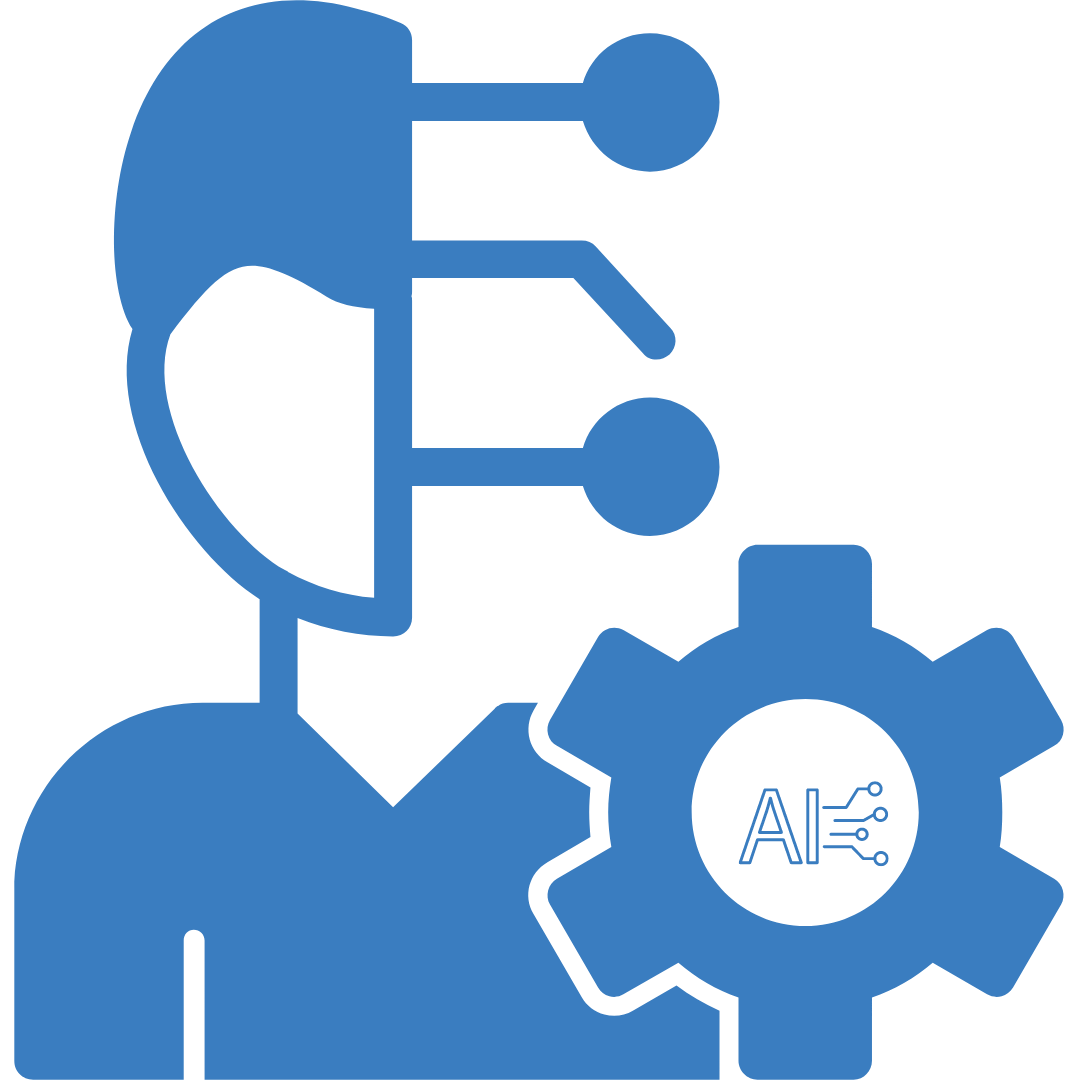
Artificial intelligence future uses are many and they are only going to expand as time goes by! Integrating AI into QA is far from a simple plug-and-play operation; it requires strategic planning, a compatibility check with existing systems, and thoughtful scaling. Training and supporting QA teams in effectively using AI tools, providing channels for feedback, and ensuring compliance with regulations remains paramount.
Organizations and individuals looking to thrive in an AI-integrated QA environment must commit to constant learning and skill development - particularly in machine learning, data analysis, and ethics.
Conclusion
The influence of AI on quality assurance roles is unmistakable and profound, paving the way for sharpened processes and improved outcomes. As AI redefines the fabric of quality assurance, the onus lies with professionals to adapt, augment, and align with these advancements to continue delivering quality software that stands the test of time and technology. Get in touch with our QA experts to know how we can help integrate AI into QA or if you need AI-enabled QA services!
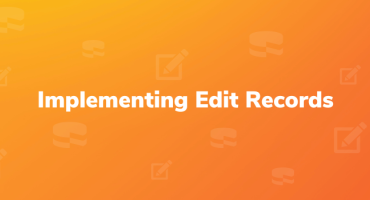
Implementing edit records in multiple associated tables in Cakephp 3
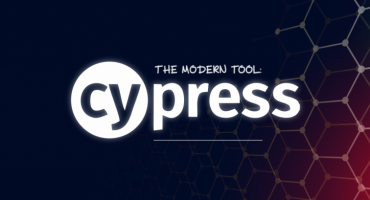
THE MODERN TOOL: CYPRESS
